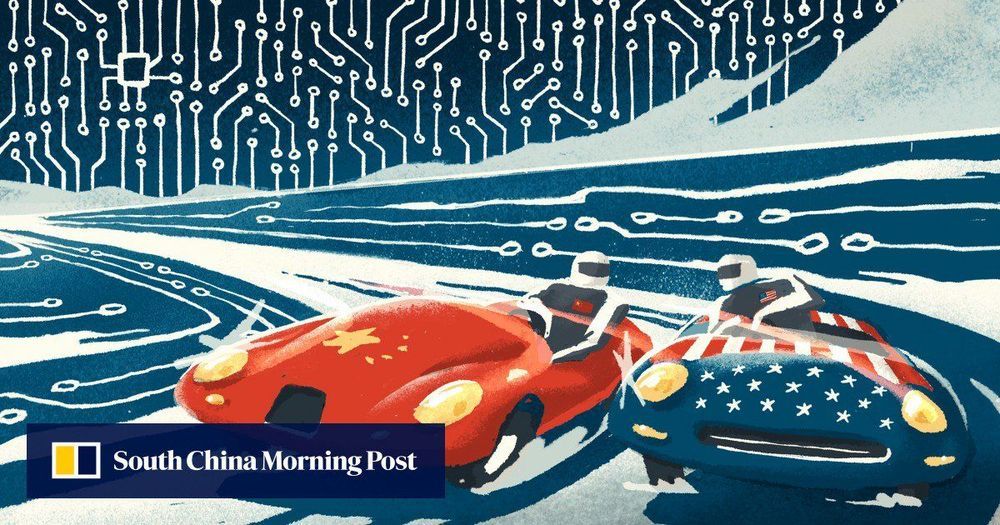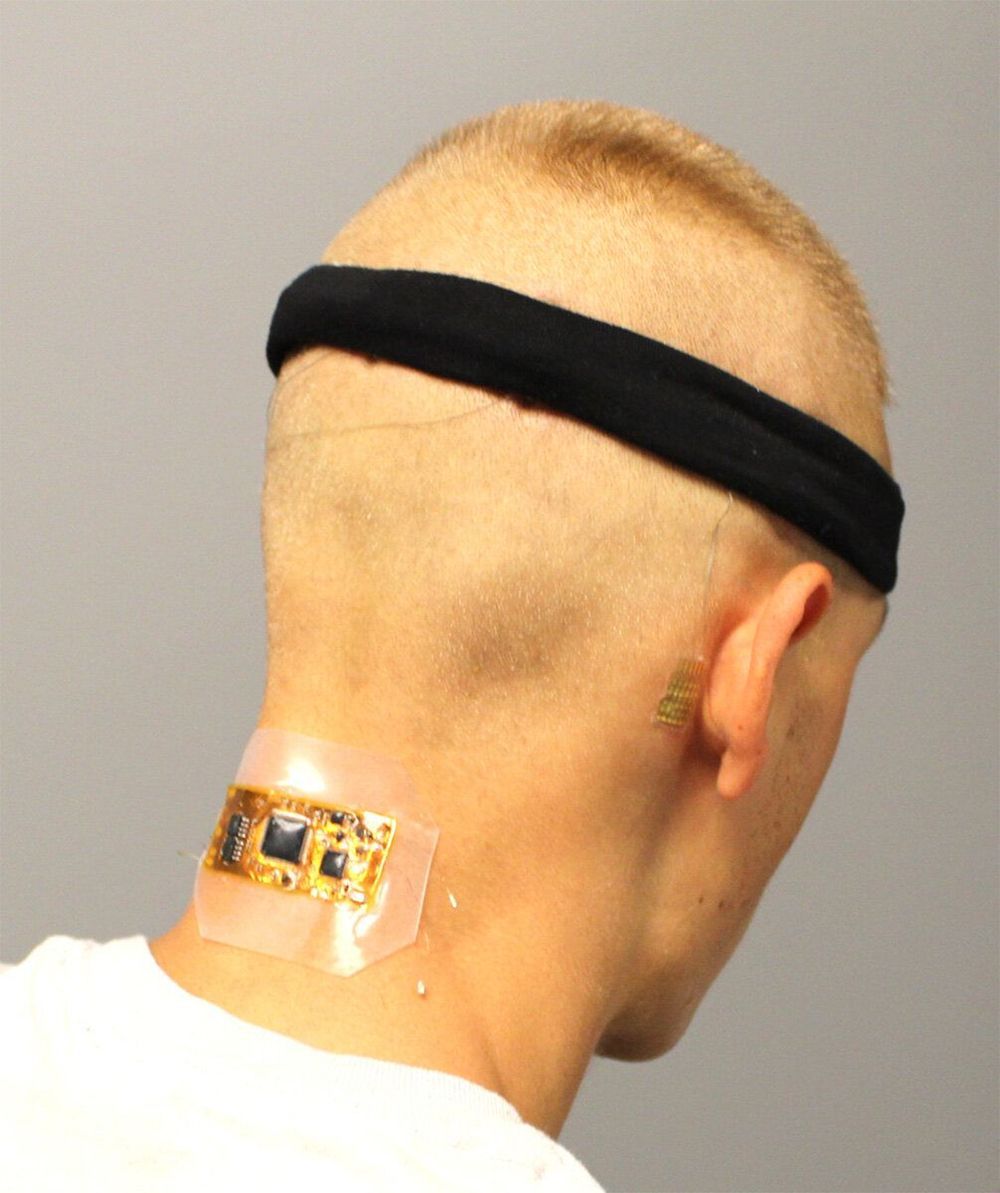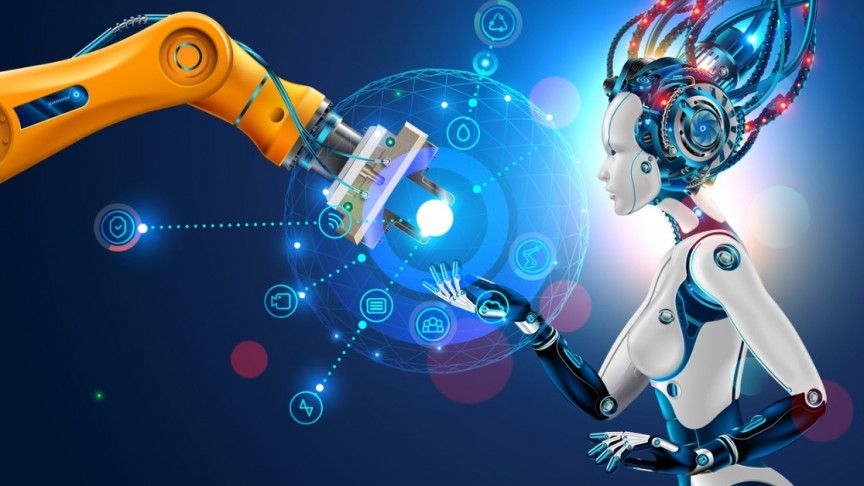A new technology using artificial intelligence detects depressive language in social media posts more accurately than current systems and uses less data to do it.
The technology, which was presented during the European Conference on Machine Learning and Principles and Practice of Knowledge Discovery in Databases, is the first of its kind to show that, to more accurately detect depressive language, small, high-quality data sets can be applied to deep learning, a commonly used AI approach that is typically data intensive.
Previous psycholinguistic research has shown that the words we use in interaction with others on a daily basis are a good indicator of our mental and emotional state.









